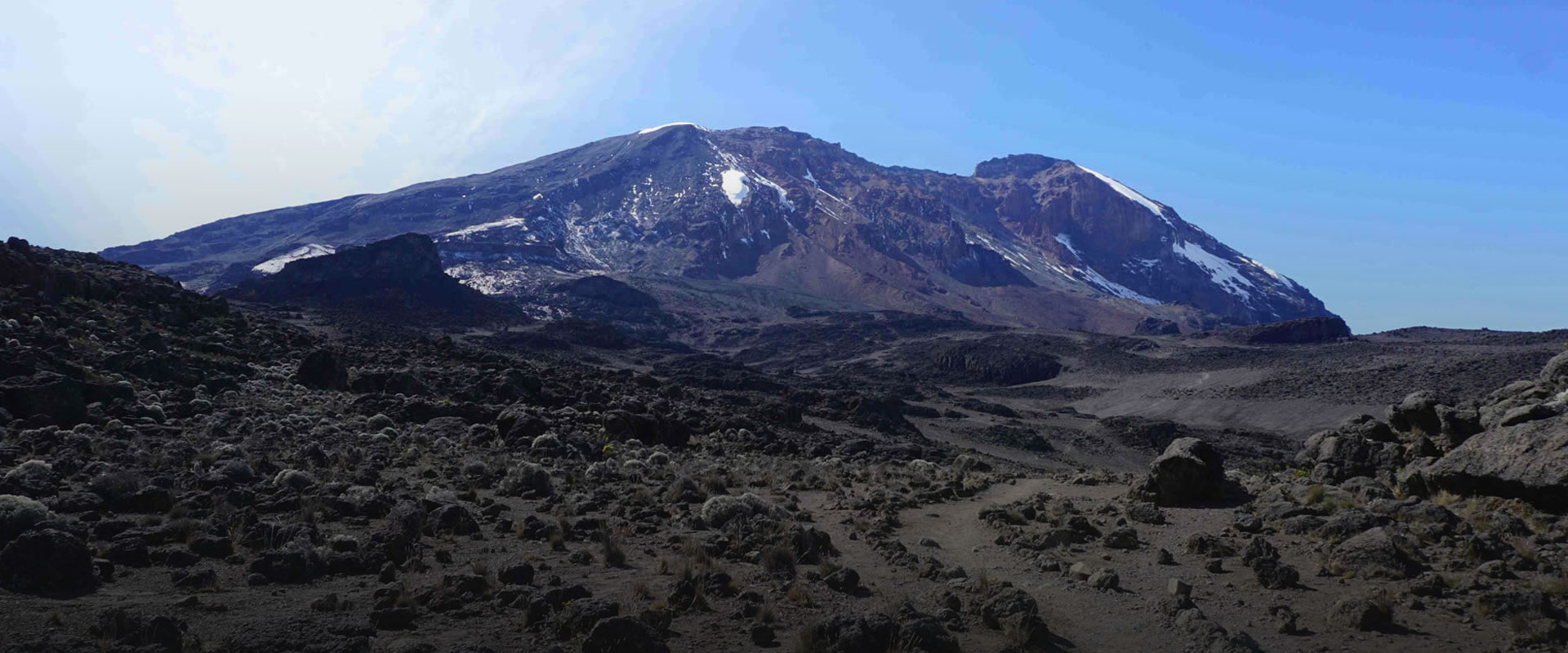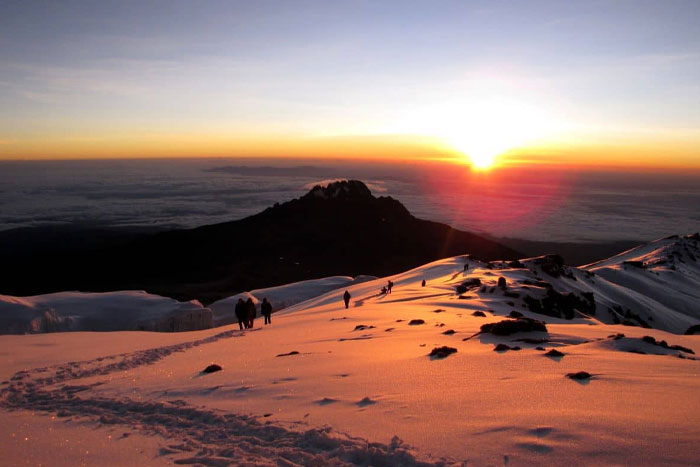
Trekking Adventure

Trekking Adventure

Kilimanjaro is also the fourth most topographically prominent peak on Earth. The first people known to have reached the summit of the mountain were Hans Meyer and Ludwig Purtscheller, in 1889. The mountain is part of Kilimanjaro National Park and is a major climbing destination. Because of its shrinking glaciers and disappearing ice fields, the mountain has been the subject of many scientific studies
Conquer Africa's Majestic Summit
Mount Kilimanjaro, Africa's tallest peak, invites adventurers to its 19,341-foot summit. Experience diverse climates from lush rainforests to arctic conditions, all while discovering unique wildlife and breathtaking landscapes. Our expert guides ensure a safe and memorable ascent.

Tanzania’s pride, Mount Kilimanjaro is the highest free-standing mountain worldwide, offering an exhilarating climbing experience.

Suitable for various fitness levels, with routes designed for both novice climbers and seasoned trekkers.

Our seasoned guides are trained for emergency response, ensuring your safety throughout the ascent.

Climb through five unique ecosystems, starting from equatorial forests to the snowy summit.

We offer full support on your journey, including pre-climb training tips and acclimatization advice.

Join the elite group of adventurers who have experienced the sunrise from atop Africa’s roof.
Expertise in Authentic Tanzanian Travel Experiences
Our tours offer enriching safari experiences across Tanzania. We focus on genuine cultural exchanges, environmental care, and supporting local communities. This approach enhances your trip and positively impacts the regions you visit, deepening your understanding and appreciation of the country.
A few months have passed, and I am still immersed in a happy and wonderful safari trip, with beautiful grasslands, lazy lions, and clever zebras... I am very grateful to the enthusiastic Marko, who planned based on my needs